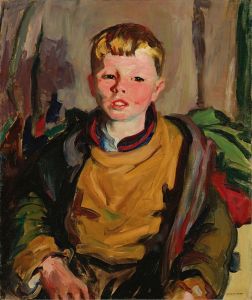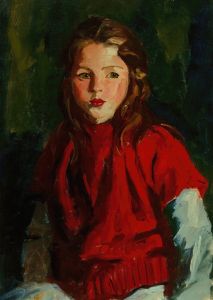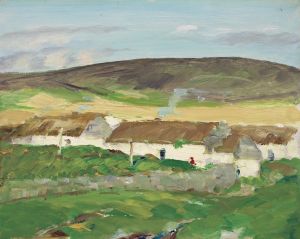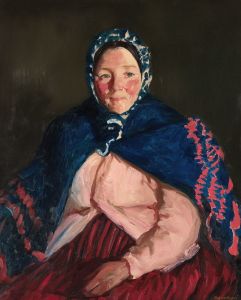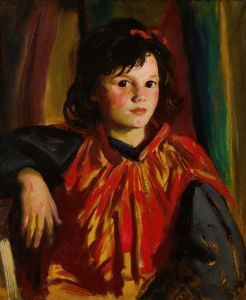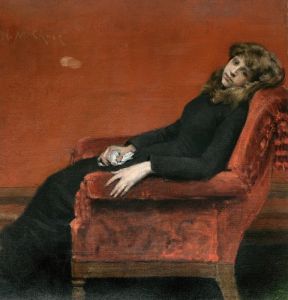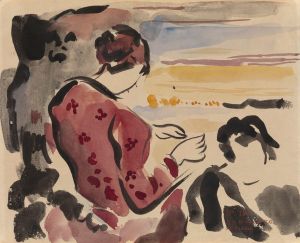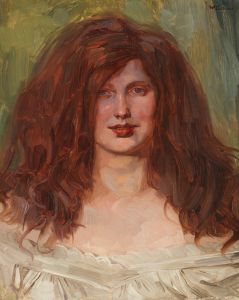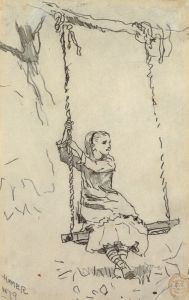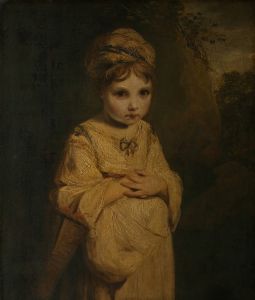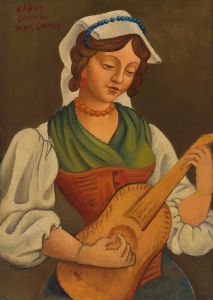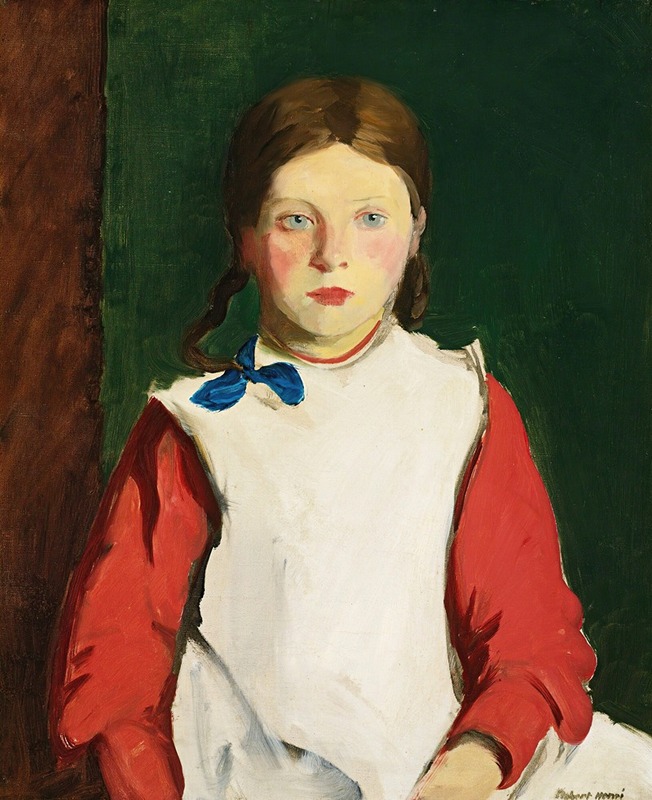
Little Irish Girl
A hand-painted replica of Robert Henri’s masterpiece Little Irish Girl, meticulously crafted by professional artists to capture the true essence of the original. Each piece is created with museum-quality canvas and rare mineral pigments, carefully painted by experienced artists with delicate brushstrokes and rich, layered colors to perfectly recreate the texture of the original artwork. Unlike machine-printed reproductions, this hand-painted version brings the painting to life, infused with the artist’s emotions and skill in every stroke. Whether for personal collection or home decoration, it instantly elevates the artistic atmosphere of any space.
Robert Henri was an influential American painter and a leading figure of the Ashcan School, known for his realistic and unidealized depictions of everyday life. One of his notable works is "Little Irish Girl," a portrait that exemplifies his approach to capturing the essence and character of his subjects.
"Little Irish Girl" was painted in 1913, during a period when Henri was deeply engaged in portraying children and people from diverse backgrounds. This painting is a testament to his interest in capturing the individuality and spirit of his subjects, often choosing models from immigrant communities and working-class neighborhoods. Henri believed that art should reflect life in all its forms, and he sought to portray the dignity and humanity of his subjects, regardless of their social status.
The painting features a young girl with striking red hair, a characteristic often associated with Irish heritage. Henri's use of bold, expressive brushstrokes and a vibrant color palette brings the portrait to life, highlighting the girl's distinct features and lively expression. The background is kept simple, ensuring that the viewer's focus remains on the subject. This approach is typical of Henri's portraits, where the emphasis is placed on the sitter's personality and presence rather than on elaborate settings or details.
Henri's technique in "Little Irish Girl" reflects his admiration for European masters, particularly the works of Frans Hals and Diego Velázquez, whose portraits were known for their lively brushwork and ability to convey the character of their subjects. Henri's time spent studying in Europe greatly influenced his style, and he brought these influences back to America, where he applied them to contemporary subjects.
The painting is also indicative of Henri's philosophy that art should be accessible and relatable to the public. He was a proponent of art that depicted real people and real life, challenging the more traditional and academic approaches that dominated the art world at the time. Henri's work, including "Little Irish Girl," played a significant role in the development of American art in the early 20th century, paving the way for future generations of artists who sought to break away from conventional norms.
"Little Irish Girl" is housed in the collection of the Wichita Art Museum in Wichita, Kansas. It remains a significant piece within Henri's body of work, illustrating his commitment to portraying the diverse tapestry of American life. The painting continues to be appreciated for its artistic merit and its reflection of Henri's dedication to capturing the spirit of his subjects with honesty and empathy.
In summary, "Little Irish Girl" by Robert Henri is a compelling portrait that embodies the artist's dedication to realism and his interest in representing the diverse individuals who made up the fabric of early 20th-century America. Through his skillful use of color and brushwork, Henri captures the essence of the young girl, offering viewers a glimpse into her world and the broader cultural context of the time.





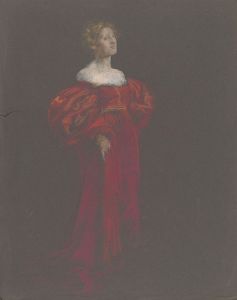
![Untitled [Alanna]](/imgs/219109/s/robert-henri-untitled-alanna-fe4ed77a.jpg)
